Saint of the Day – 21 July – St Lawrence of Brindisi O.F.M. Cap – Doctor of the Church – (22 July 1559 at Brindisi, Italy as Julius Caesar Rossi – 22 July 1619 at Lisbon, Portugal of natural causes). His remains are buried in the cemetery of the Poor Clares in Villafranca, Spain. He was Beatified on 1 June 1783 by Pope Pius VI and Canonised on 8 December 1881 by Pope Leo XIII. He was created a Doctor of the Church by Blessed Pope John XXIII in 1959 with the title Doctor apostolicus (Apostolic Doctor). Patronages – of Brindisi, Italy. Attributes – leading the Christian army against the Turks, receiving the embrace of the Child Jesus. He is known as the “Franciscan Renaissance Man” – he was a Religious member of the Franciscan Friars Minor Capuchin, a Priest, Theologian, Vicar General of the Franciscans, Language scholar, Humanist, Philosopher, Biblicist, Preacher, Missionary, Professor, International Administrator, Confidant of Popes, Emperors, Kings and Princes, Diplomatic envoy, Army Chaplain, Military Strategist and Morale builder, Polemicist, Prolific writer.
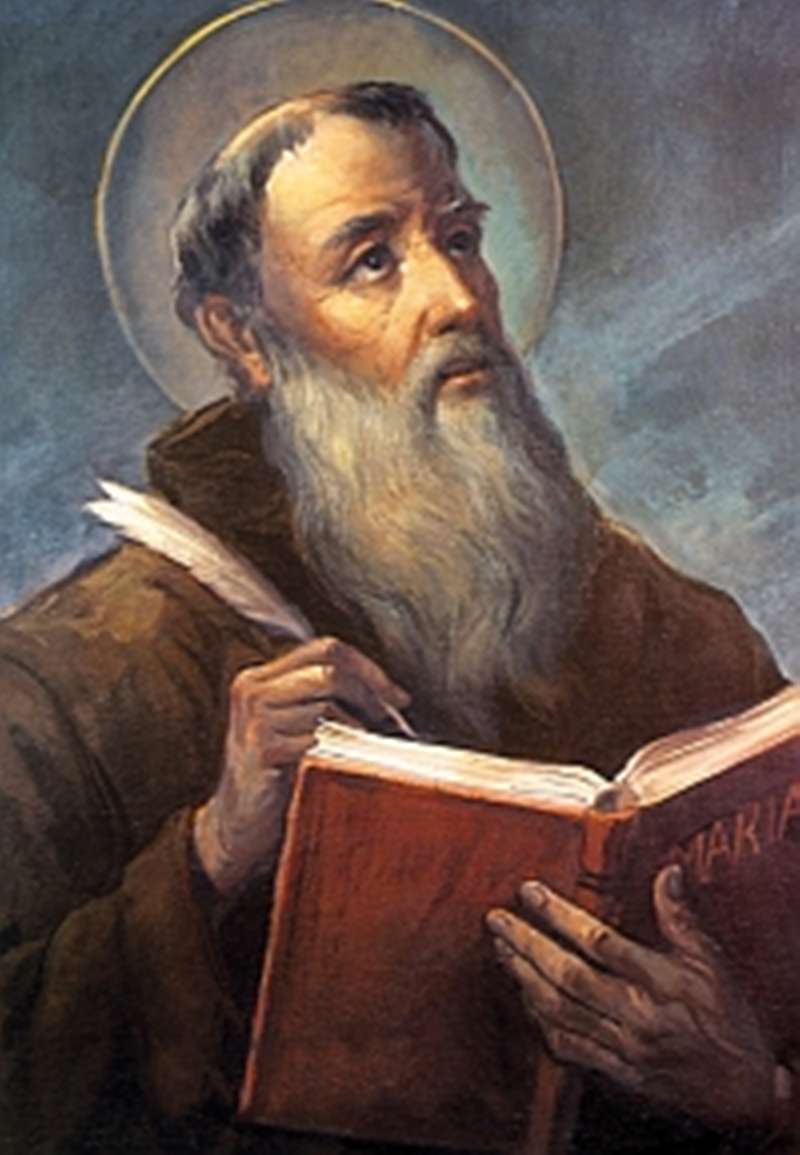
Despite Saint Lawrence of Brindisi’s later fame, little is known of his early years. His father was William Russo, a well-to-do Venetian merchant and his mother was Elizabeth Masella. He was born in the Southern Italian port city of Brindisi on the 22nd of July 1559. He received his early education at a day school run by the Conventual Franciscans and made rapid progress in his studies. At the tender age of six, following the Italian custom of the time, he publicly preached a short Christmastide sermon on the Child Jesus. However, by the time he was 14 he had lost both his parents and his education was entrusted to his uncle, a high-ranking cleric at Venice’s Saint Mark’s Cathedral. It was at Saint Mark’s College, a private school run by his uncle, that Julius Caesar received an excellent secondary education.
In Venice he came to know the Capuchin Friars Minor who had a small church dedicated to saint Mary of the Angels on the island of Giudeca. Impressed by their austere life of Poverty, he asked for admission to the Order and was invested with the habit as a novice at the Verona Capuchin novitiate friary of on the 18th of February 1575. At this time, Julius Caesar was given the religious name Brother Lawrence. He made his perpetual profession on the 24th of March the following year.
His writings fill fifteen volumes and his knowledge of Hebrew allowed him to preach so effectively to the Jewish people in Italy that the rabbis were certain that Lawrence must have been a Jew who had become a Christian. His skills in dealing with people meant that he served as a papal emissary to many countries but he never forgot that he was first and foremost a priest.
There is a very special title accorded by the Church to certain saints, who are named “Doctor of the Church” and this title indicates that the writings and preaching of such a person are useful to Christians “in any age of the Church.” Such men and women are also particularly known for the depth of understanding and the orthodoxy of their theological teachings. St. Lawrence of Brindisi was given this title and he is one of the thirty-six saints to be named “Doctor.”

While still a deacon, St. Lawrence of Brindisi became known as an excellent preacher and after his ordination captured the whole of northern Italy with his amazing sermons. He was sent into Germany by the pope to establish Capuchin houses. While there, he became chaplain to Emperor Rudolf II and had a remarkable influence on the Christian soldiers fighting the Muslims who were threatening Hungary in 1601. Through his efforts, the Catholic League was formed to unify Catholics for the purpose of strengthening the Catholic cause in Europe. Sent by the emperor to persuade Philip III of Spain to join the League, he established a Capuchin friary in Madrid. He also brought peace between Spain and the kingdom of Savoy.
His compassion for the poor, the needy and the sick was legendary. Elected minister-general of his order in 1602, he made the Capuchins a major force in the Catholic Restoration, visiting every friary in the thirty-four provinces of the order and directing the work of nine thousand friars. He himself was a dominant figure in carrying out the work of the Council of Trent and was described by Pope Benedict XV as having earned “a truly distinguished place among the most outstanding men ever raised up by Divine Providence to assist the Church in time of distress.”
Yet in the midst of all this feverish activity, Brother Lawrence found peace and strength to keep going by taking refuge in prayer. Sometimes his Masses which were usually celebrated in private could last for up to twelve hours. He wept copious tears as he celebrated the Holy Sacrifice and was even witnessed being lifted into the air as he prayed at the Altar. When he entered the Order in 1575, he told the Provincial Minister who tried to dissuade him by describing in detail the rigours of the Capuchin lifestyle: “Nothing will be difficult for me as long as there is a Crucifix in my room.” Pictures of Saint Lawrence often show him contemplating the Crucifix.

To Mary he attributed his vocation, his restoration to health as a student, his knowledge of Hebrew and all his successes. He went to her in all his needs. When elected Vicar General of the Order, he first went to the Shrine of Our Lady’s Holy House at Loreto and returned there at the end of his term of office. From his formation days onward, he prayed the Rosary and the Little Office of the Blessed Virgin daily. His favourite greeting for the Brothers was: “Nos, cum prole pia, benedicat Virgo Maria! May the Virgin Mary bless us with her loving Child!”
In 1619, at the request of the Pope, Brother Lawrence had to travel once more to Spain to make known to the Spanish King the plight of Naples’s citizens under the tyrannical rule of the Spanish Viceroy of the region, the Duke of Ossuna. He managed to escape the Duke’s attempts to block his mission and set sail secretly from Genoa. He had to go to Lisbon in Portugal to meet the King of Spain. His diplomatic mission was successfully concluded but worn out by the journey he fell critically ill. Having received the Last Sacraments, Brother Lawrence of Brindisi died in Lisbon, Portugal before he could board a ship to return home on the 22nd of July 1619. Saint Lawrence entered heaven the same date as he entered this world sixty years previously.

O God, who didst bestow on blessed Lawrence of Brindisi, Your Confessor and Doctor, the spirit of wisdom and fortitude to endure every labour for the glory of Your Name and the salvation of souls: grant us, in the same spirit, both to perceive what we ought to do, and by his intercession to perform the same; through Jesus Christ thy Son our Lord, who lives and reigns with You, in the unity of the Holy Spirit, ever one God, world without end, amen.
St Lawrence pray for us!












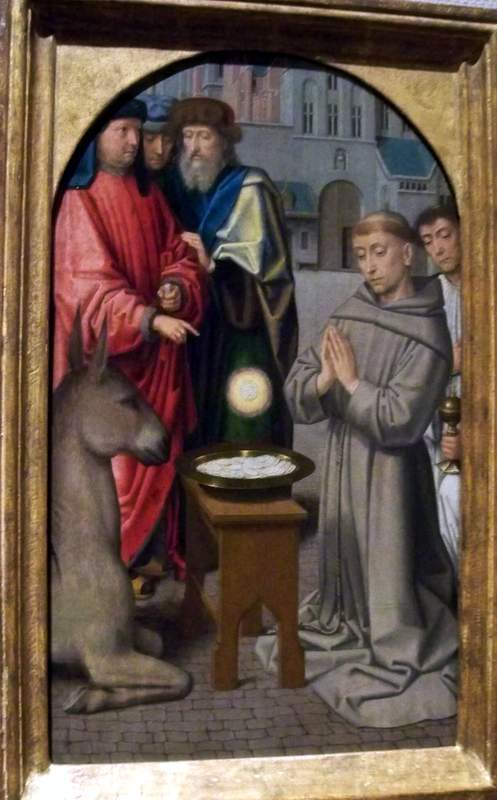
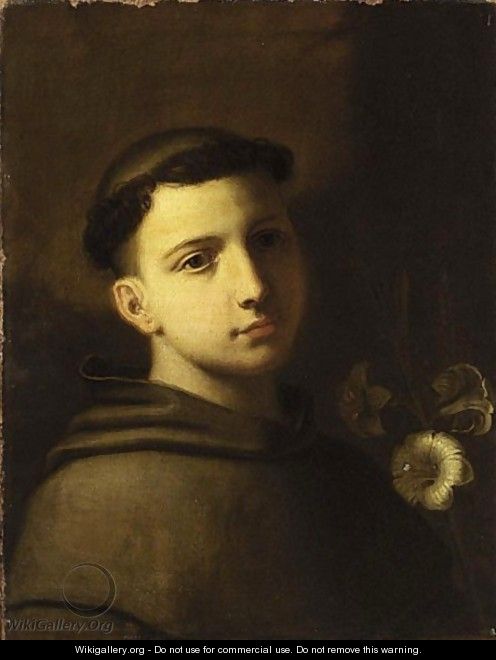
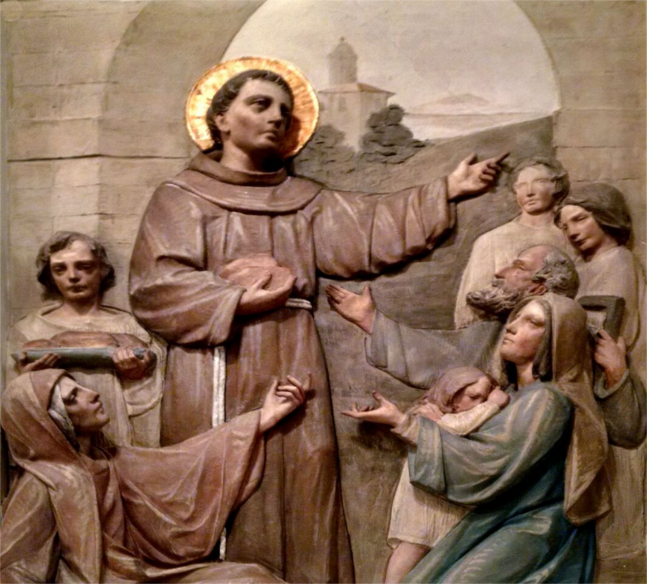







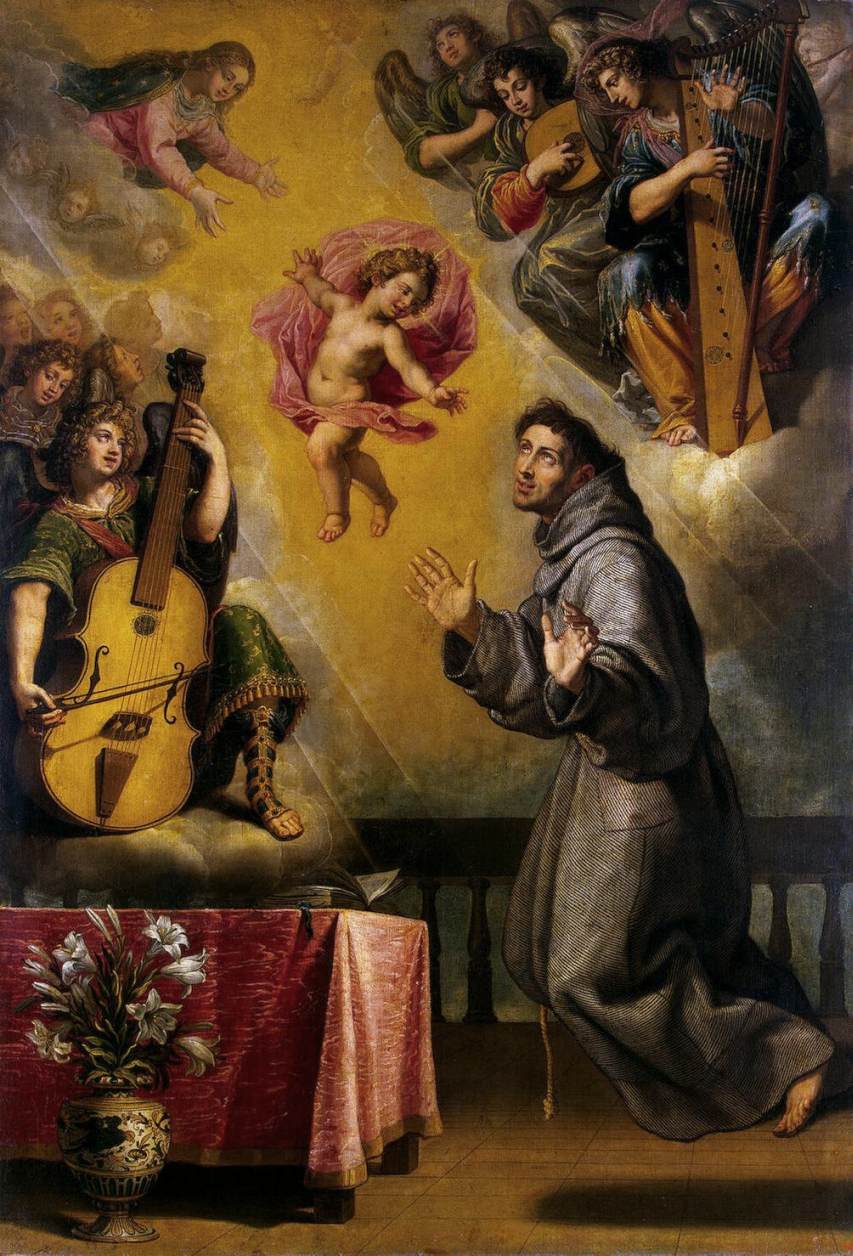
You must be logged in to post a comment.